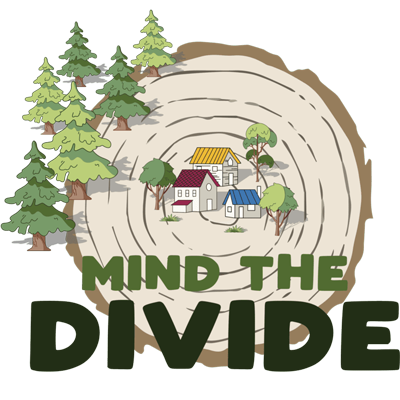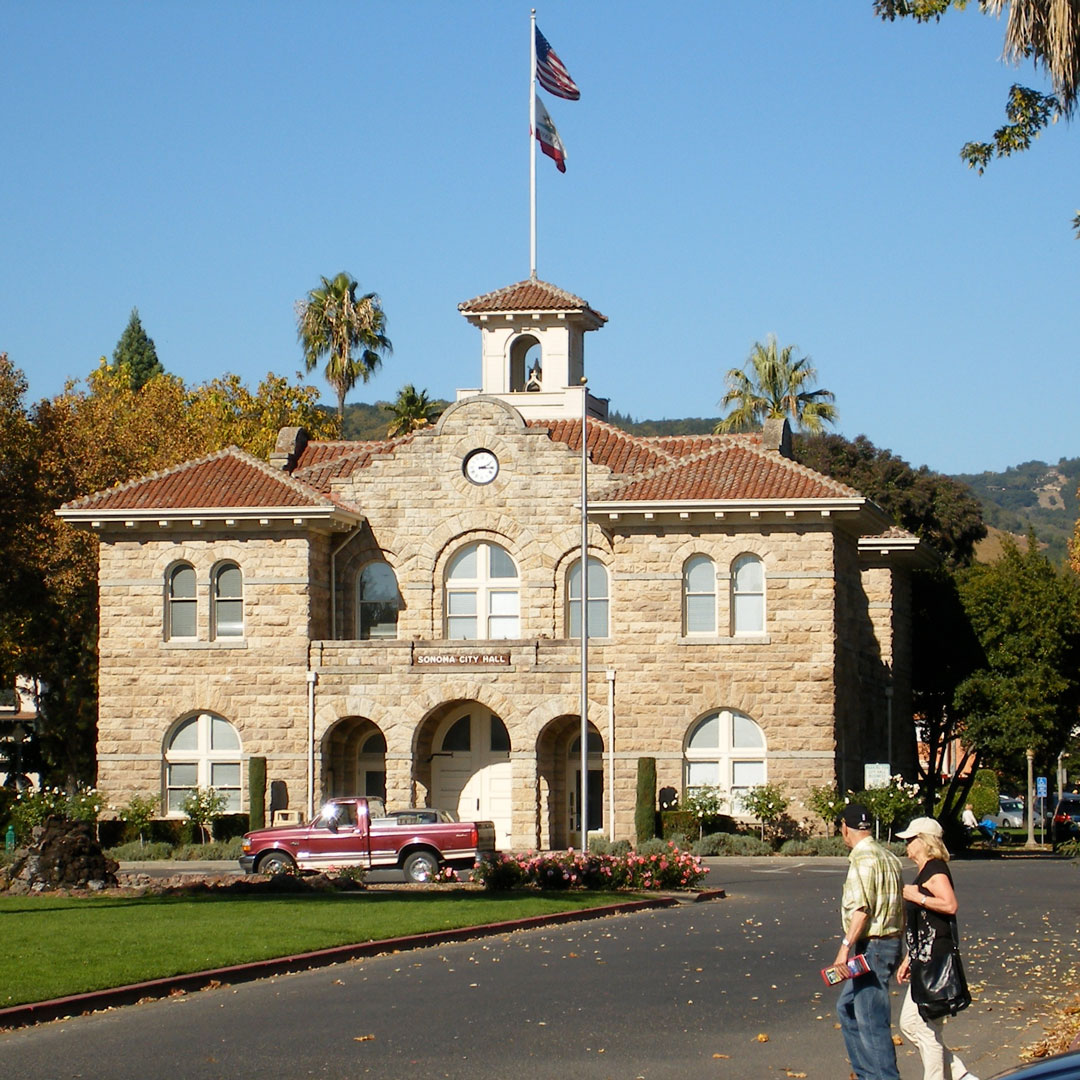
Preserving urban forests
education and wildfire mitigation

Municipalities
POLICY PLANNING PORTFOLIO
Developing a proactive management program
OVERVIEW
This is a generalized order of operation for participants who wish to use Mind The Divide to review and improve their stormwater collection, urban community trees, and defensible spaces. Mind The Divide can take your group from start to finish, with help each step of the way if needed.
Timeline
Evaluate/Initial Objectives —
What are your group’s goals?
Stage 1
Meet with internal stakeholders to discuss goals, desired outcomes, and primary areas of focus.
Determine project area.
- Where will the project take place? What are the boundaries of work?
- Do we need to do mapping of canopy cover to determine target area?
Share any previous data gathered in the project area.
- Were there previous reports done?
- What other information do you have on the project zone?
Determine a desired timeline and funds.
- Will this project be done in phases, with implementation taking place over a period of many years, or will it be a series of smaller projects lasting months?
- What is the budget?
Data Collection —
Collect data to substantiate areas of need and determine the next steps.
Stage 2
Who will collect your data?
- Existing percentage canopy cover
- Current tree species (any disease issues?)
- Heat mapping
- Poverty mapping
- Real estate value mapping
- Areas needing more trees
- Tree species diversity
- Spaces not suitable for tree implementation due to surrounding features
Safety aspects
- Road widths for emergency vehicle ingress and egress and road setbacks
- Sections of the community in need of greenbelts and shaded fuel breaks
- Removal of dead or dying trees and ladder fuels
- Proper home hardening of the community
- Flood zones
Data collection tools
- iTree
- Utility maps
- Historical flood and fire maps
- Stakeholder feedback
- Community surveys
Data ANAlysis —
Review findings to assess where it directs the work.
Stage 3
Review data with in-house stakeholders and decision-makers.
- Board members
- Community leaders
- Neighborhood groups
- CAL FIRE
- CalTrans
- Utility companies
- Maintenance
- City Boards and Commissions
- Local architects and landscape designers
- Environmental advisors
Use the data to determine areas with a need.
- Low percentage of canopy cover
- Areas with enough soil volume to accept new trees
- Areas with improper planting techniques needing revision
- Areas with outdated spaces needing updated walkways, bike lanes, parking, and tree planting methods
- Where heat index demonstrates health threats and extra energy use
- High crime rates
- High asthma rates
- Potential for flooding
Initial Planning—
Drafting an initial plan for the work needed within the community.
Stage 4
Using the data gathered in Stage 3, comprise a list of needs for the target areas.
Review the initial objectives and verify any needed changes.
Feedback—
Stakeholder review.
Stage 5
Holding several review sessions with different groups in order to get feedback on the best order in which to move forward.
Include the communities where the work needs to be done as well as any groups participating in the work or working in the area after the work would be done.
Implementation—
Executing the agreed upon work.
Stage 6
Stages of work will be done throughout the targeted areas.
Maintaining communication with participants and the community is essential.
Having the resources to execute the tasks is key to getting each stage of the projects done within the goals of the timeline.
Regulatory
Best Management Practices (BMPs), Ordinances, Regulations —
Making updates and improvements.
Reviewing current regulations to find areas of improvement is a big step municipalities can take. Converting outdated material into updated policies and procedures is vital as well. The task of updating and improving policies and procedures must include an understanding of a tree’s needs, fire behavior, home hardening, utility/construction/maintenance procedures, ecosystem functions, and more. Having key players helping in this provides that efforts will be long-lasting and beneficial.
Changes may include:
-
Reviewing how tree removal is currently performed, then adding tree replacement criteria
-
How does your municipality care for their trees? Do they have well-trained maintenance crews who can give new or struggling trees the chance to flourish?
-
Reviewing the maintenance division; tree care protocol, requiring regular training, and updating best management practices. These adjustments can make all the difference in the success of your local trees.
-
Evaluating ordinances for utility crews while working on above and below-ground utility lines around trees can provide much-needed safeguards for mature trees to continue doing well for years to come.
-
Adjusting municipality codes and zones to restructure a high-risk area while
putting in safeguards such as greenbelts and shaded fuel breaks -
Stormwater management and processing systems added and updated
Share any previous data gathered in the project area.
- Were there previous reports done?
- What other information do you have on the project zone?
Determine a desired timeline and funds.
- Will this project be done in phases, with implementation taking place over a period of many years, or will it be a series of smaller projects lasting months?
- What is the budget?
